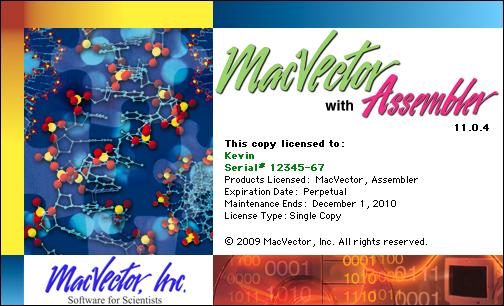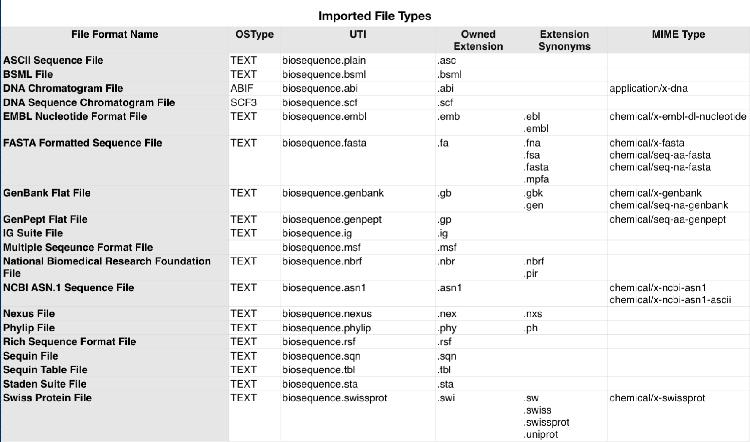

- #Macvector trim chromatogram manual#
- #Macvector trim chromatogram Patch#
- #Macvector trim chromatogram verification#
- #Macvector trim chromatogram software#
The deconvolution of mixed chromatograms by hand is a daunting task and simple profile alignments often do not correctly resolve double mutations, where both alleles are mutated. This often demands a deconvolution of Sanger chromatogram traces into its constituting alleles, which is non-trivial for mixed chromatogram traces that involve heterozygous insertions or deletions. With the advent of genome editing tools such as CRISPR/Cas9 or TALENs there is also a growing need for rapid and easy-to-use tools to validate engineered mutations and estimate the rate of editing.
#Macvector trim chromatogram software#
Most of the available trace analysis software aims at analyzing one trace at a time in an interactive, often proprietary and licensed trace analysis viewer that lacks support for standard file formats such as VCF/BCF, the predominant variant calling reporting format in NGS studies.
#Macvector trim chromatogram manual#
At present, these validation exercises require large-scale but often manual chromatogram trace analyses with very limited tool support.
#Macvector trim chromatogram verification#
These validations entail the verification of a frequency-weighted subset of variants across predicted heterozygous and homozygous carriers for population studies or comparing validation results of tumor against control for cancer genomics applications. The method of choice for this are often numerous PCR + Sanger sequencing validation experiments. Beyond these routine chromatogram evaluation tasks that require a graphical trace analysis application, large-scale genome editing and clinical resequencing projects demand a flexible and scalable command-line application that can be integrated into automated workflows.įor large sequencing projects that aim at cataloging the human genetic variation or the mutation spectrum present in diseases such as cancer it is important to accurately estimate a false discovery rate of their respective call sets or to validate actionable mutations. Automatisation of these standard tasks avoids misinterpretation of mutations and aids the researchers to focus on the critical mutations instead of inspecting hundreds of chromatogram peaks by eye.
#Macvector trim chromatogram Patch#
Many tools facilitate the comparison of traces with a short reference subsequence, but they lack support to align traces across entire genomes, to deconvolute mutations or to patch a reference sequence based on trace information. Sanger sequencing has a long history in molecular biology and it remains indispensable for many routine tasks like the sequencing of single genes, cloned plasmids, expression constructs or PCR products.

Molecular biologists benefit from the companion web applications that enable installation-free Sanger chromatogram analyses using intuitive, graphical user interfaces. Tracy can be routinely applied in large-scale validation efforts conducted in clinical genomics studies as well as for high-throughput genome editing techniques that require a fast and rapid method to confirm discovered variants or engineered mutations. The software is open-source and freely available at, the companion web applications are hosted at. Tracy can be easily integrated in large-scale pipelines and high-throughput settings, and it uses state-of-the-art file formats such as JSON and BCF for reporting chromatogram sequencing results and variant calls. Its companion web applications make all functionality of Tracy easily accessible using standard web browser technologies and interactive graphical user interfaces. We present Tracy, an efficient and versatile command-line application that enables basecalling, alignment, assembly and deconvolution of sequencing chromatogram files. Despite its long history, there is a lack of user-friendly Sanger sequencing data analysis tools that can be run interactively as a web application or at large-scale in batch from the command-line. DNA sequencing is at the core of many molecular biology laboratories.


 0 kommentar(er)
0 kommentar(er)
